7 Tips from a Professional Mulch Shop
Understanding the art of mulching can significantly enhance the success and beauty of your gardening or landscaping project. Whether you’re creating a thriving vegetable patch, enhancing the aesthetics of your flower beds, or maintaining the health of your trees and shrubs, mulching plays a vital role in achieving your goals. A professional mulch shop is an invaluable resource, offering quality products and expert guidance to meet the needs of both beginners and seasoned gardening enthusiasts. This article dives into seven expert tips to help you maximize the benefits of mulching, ensuring your efforts yield impressive results while making your outdoor spaces more sustainable and visually appealing.
1. Choosing the Right Type of Mulch for Your Needs
When it comes to selecting mulch, understanding the various options available is crucial. Organic mulches, such as wood chips and bark, are popular for their biodegradability and soil-enriching properties. Inorganic options like rubber mulch can be more durable, providing lasting coverage without constant replenishment.
Choosing between organic and inorganic mulches often boils down to functionality versus aesthetics. While organic mulches improve soil health by adding nutrients as they decompose, inorganic mulches offer color consistency and durability. Both types have their unique benefits depending on your priorities and project needs.
Environmentally conscious gardeners should consider the impact of their mulch shop choice. Utilizing locally sourced materials minimizes transportation emissions and supports sustainable practices. Additionally, selecting recycled or renewable materials can further reduce your ecological footprint.
2. Using Proper Techniques for Applying Mulch
Before applying mulch, it is essential to prepare the area adequately. A qualified mulch shop will clear the ground of weeds and apply a layer of landscape fabric if needed. This preparation not only helps in effective mulching but also reduces future maintenance tasks.
Applying the correct depth of mulch is an important factor in its effectiveness. Typically, a 2 to 3-inch layer is recommended for most plants. According to the University of New Hampshire, it's crucial to keep mulch 2-3 inches away from the base of plants to prevent conditions that encourage diseases or attract rodents.
Mulching sloped areas presents additional challenges. Based on our experience, it's wise to consider using heavier organic mulch, like wood chips, to prevent runoff during rain. In such cases, professionals often advise to use erosion control nets to secure the mulch in place.
3. Maintaining Your Mulched Areas
Regularly inspecting your mulched areas will help identify when mulch needs refreshing. Faded color and thin layers indicate that it's time for a new application. Maintaining an optimal mulch thickness ensures ongoing moisture retention and weed suppression.
Weeds can sometimes find their way through a mulched surface. Choosing the right type of mulch from a mulch shop and ensuring adequate thickness reduces this occurrence. For added defense, a pre-emergent herbicide can be applied before laying down the mulch.
Mulch naturally decomposes over time, which means it will need to be replenished periodically. The degradation process enriches the soil by adding organic matter, further benefiting plant health. Be proactive in monitoring your mulch to decide when replacement is necessary. A mulch shop can advise you on when to replenish your mulch.
4. Enhancing Plant Health with Mulch
One of the greatest benefits of mulching is its ability to regulate soil temperatures. Mulch acts as an insulating blanket, protecting plant roots from extreme temperature fluctuations. This regulation helps in keeping roots cooler in summers and warmer in winters.
Organic mulch enhances soil fertility significantly. As it breaks down, it integrates vital nutrients into the soil, boosting its fertility. This rich, nutrient-filled environment supports vigorous plant growth and yields healthier plants.
Mulching also aids in moisture retention, which is crucial during dry spells. By reducing soil evaporation, mulch ensures a consistent level of moisture, vital for plant health. Moist environments also encourage beneficial microorganisms that enhance soil quality and plant vitality. When putting in new landscaping, mulch can act as a protective barrier to insulate new plants as they grow and root into the ground.
5. Using Sustainable Mulching Practices
For those who focus on a sustainable approach to gardening, yard waste can be re-purposed as mulch, providing an eco-friendly alternative to commercial options. Grass clippings, leaves, and pine needles make excellent organic mulch. This recycling reduces waste and cuts down on costs while maintaining mulch effectiveness.
Locally sourcing mulch materials supports regional businesses and reduces transportation emissions. Native materials also tend to better suit local climate and soil conditions. By choosing sustainable products, gardeners contribute to environmental conservation.
Water conservation is increasingly important for sustainable gardening practices. Applied correctly, mulch can significantly reduce water needs by maintaining soil moisture. This technique is not only sustainable but also helps in reducing water bills.
6. Learning Advanced Tips from Mulch Professionals
For those looking for a specialized approach, consider using custom mulch blends tailored to specific needs. These blends can be mixed to address unique soil types or landscaping designs. Professional mulch shops offer expertise and direction in creating these solutions.
Incorporating mulch into landscape design adds a dimension of texture and color. By choosing mulch types that complement plant colors and the landscape, one can create visually appealing outdoor spaces. Design professionals often utilize mulch as a key element in landscape aesthetics.
Mulching is also a strategic tool in erosion control. When used properly, mulch can help stabilize soil, preventing erosion on slopes and uneven terrains. Special techniques, such as using a combination of mulch and geotextiles, provide effective erosion control solutions.
7. Avoiding Common Mulching Mistakes
While mulching offers numerous benefits, improper application can lead to unintended consequences. One common mistake is over-mulching, often referred to as "volcano mulching," where mulch is piled high around the base of trees or plants. This practice can suffocate roots, promote rot, and create an environment for pests. An experienced mulch shop will follow best practices and avoid mulching mistakes an amateur may make.
Another pitfall is neglecting to prepare the area properly before mulching. Skipping the step of removing weeds or failing to add a weed barrier can lead to persistent weed problems that undermine your efforts. Always clear the ground thoroughly and consider using a breathable landscape fabric if necessary.
Finally, using the wrong type of mulch for your garden's needs can lead to suboptimal results. For instance, dyed or treated mulches may contain chemicals that aren't ideal for vegetable gardens. Understanding the specific requirements of your plants and landscape will help you make the best choice, ensuring that your mulching efforts yield the desired outcomes. By avoiding these common errors, you’ll set your garden up for long-term success and enjoy all the benefits mulching has to offer. Call our team at Red Bark Inc to get started!
Applying these professional mulching tips can truly transform your garden or landscape into a vibrant, thriving ecosystem. Mulching is not just about covering the soil; it’s a strategic practice that enhances plant growth, conserves moisture, and supports the overall health of your outdoor environment. Whether your goal is to create a visually stunning space, improve plant health, or incorporate sustainable gardening practices, these expert insights from a professional
mulch shop are here to guide you. By embracing these strategies, you’ll not only elevate the aesthetics of your garden but also contribute to a healthier, more resilient environment. Implement these tips, stay consistent with your care, and watch as your efforts flourish, bringing beauty and life to your outdoor spaces for years to come.


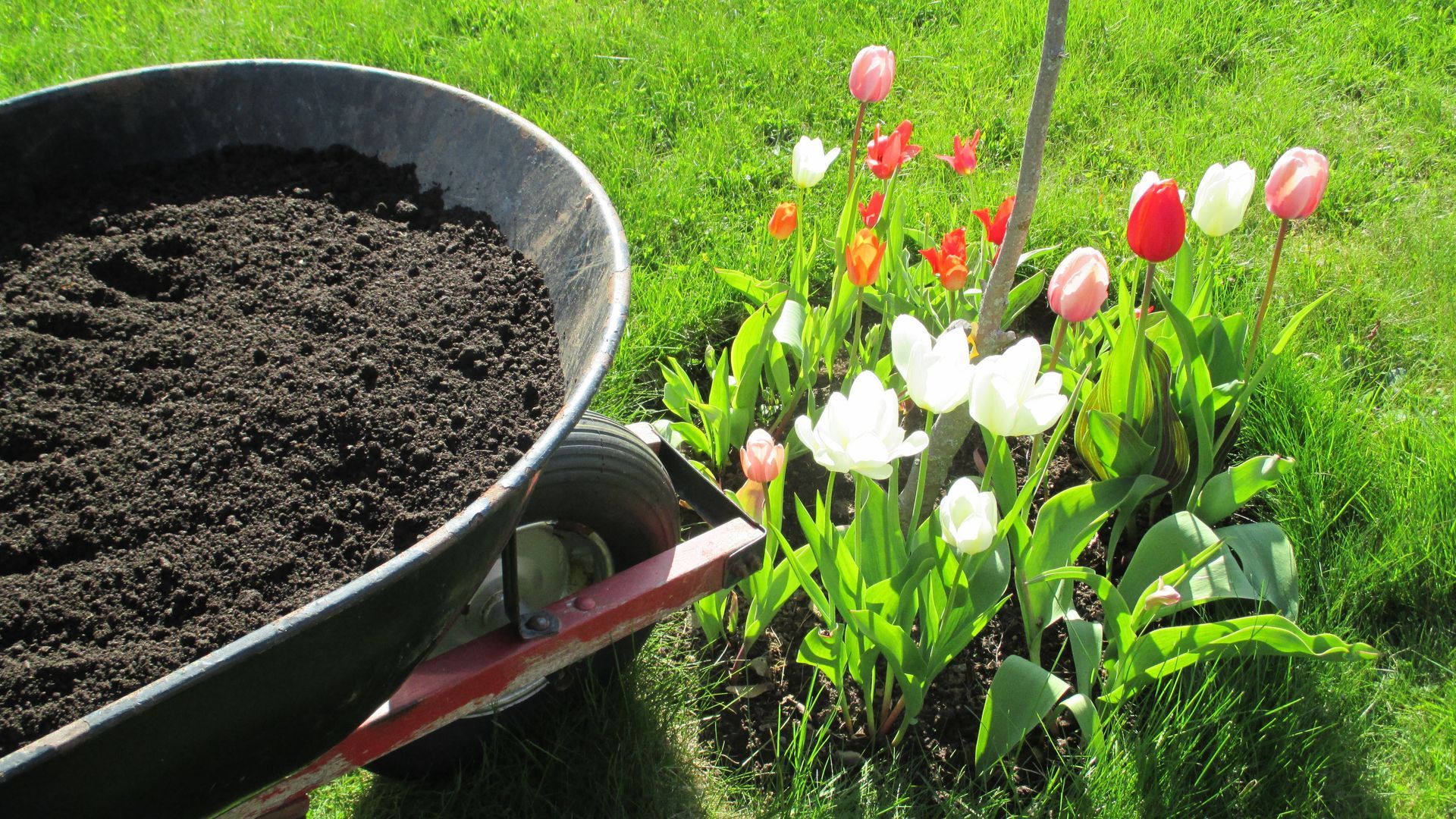
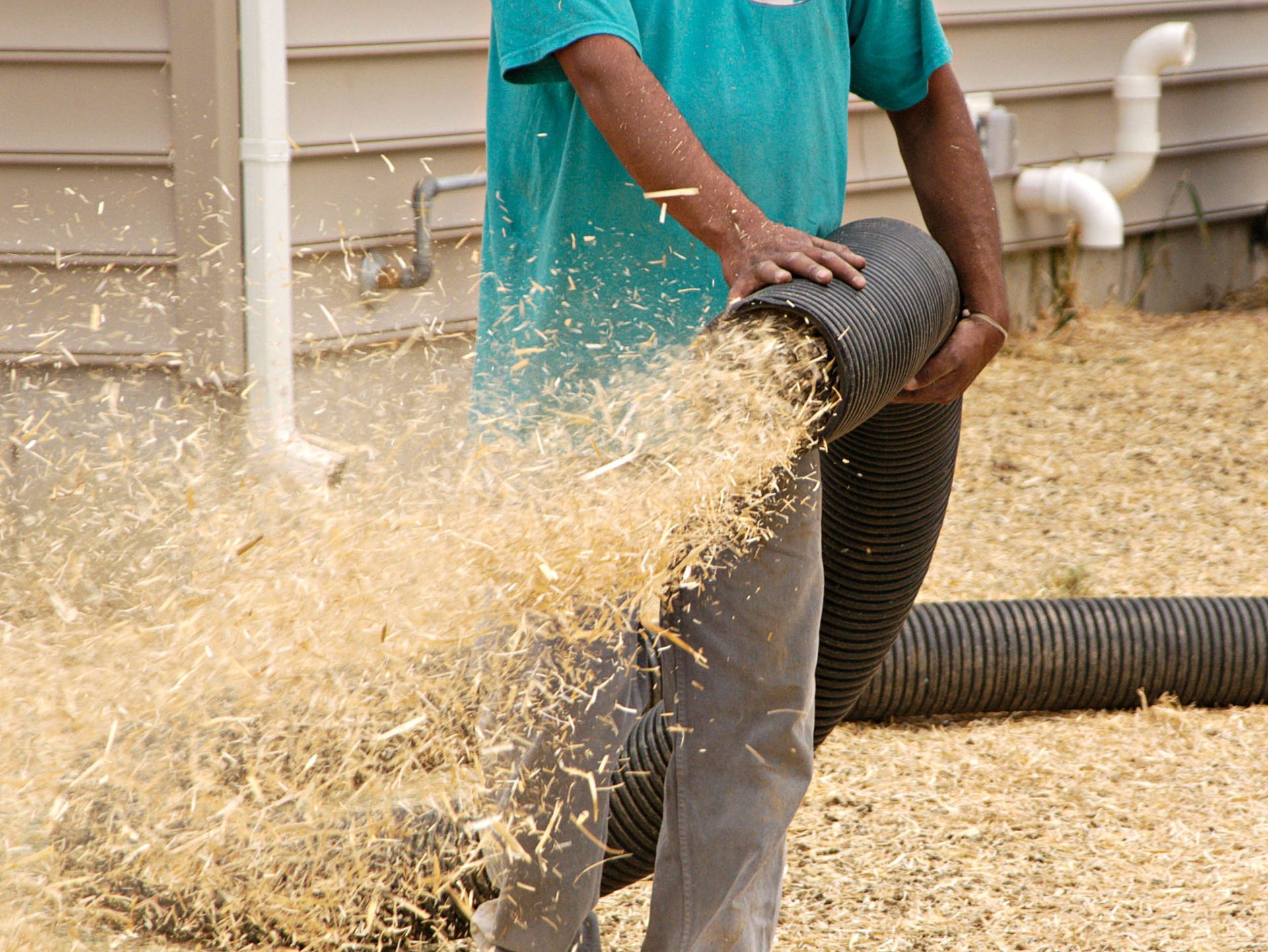
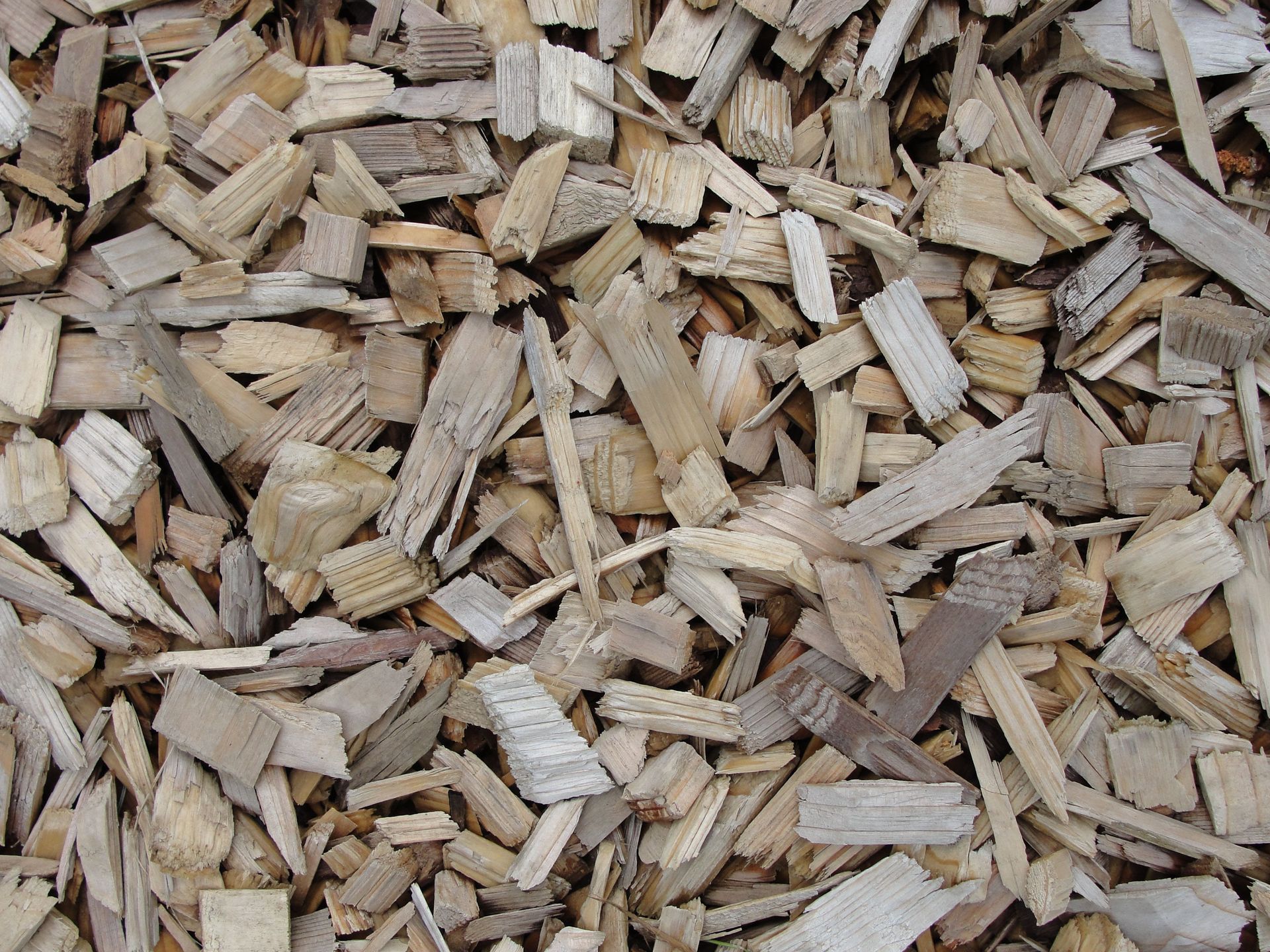
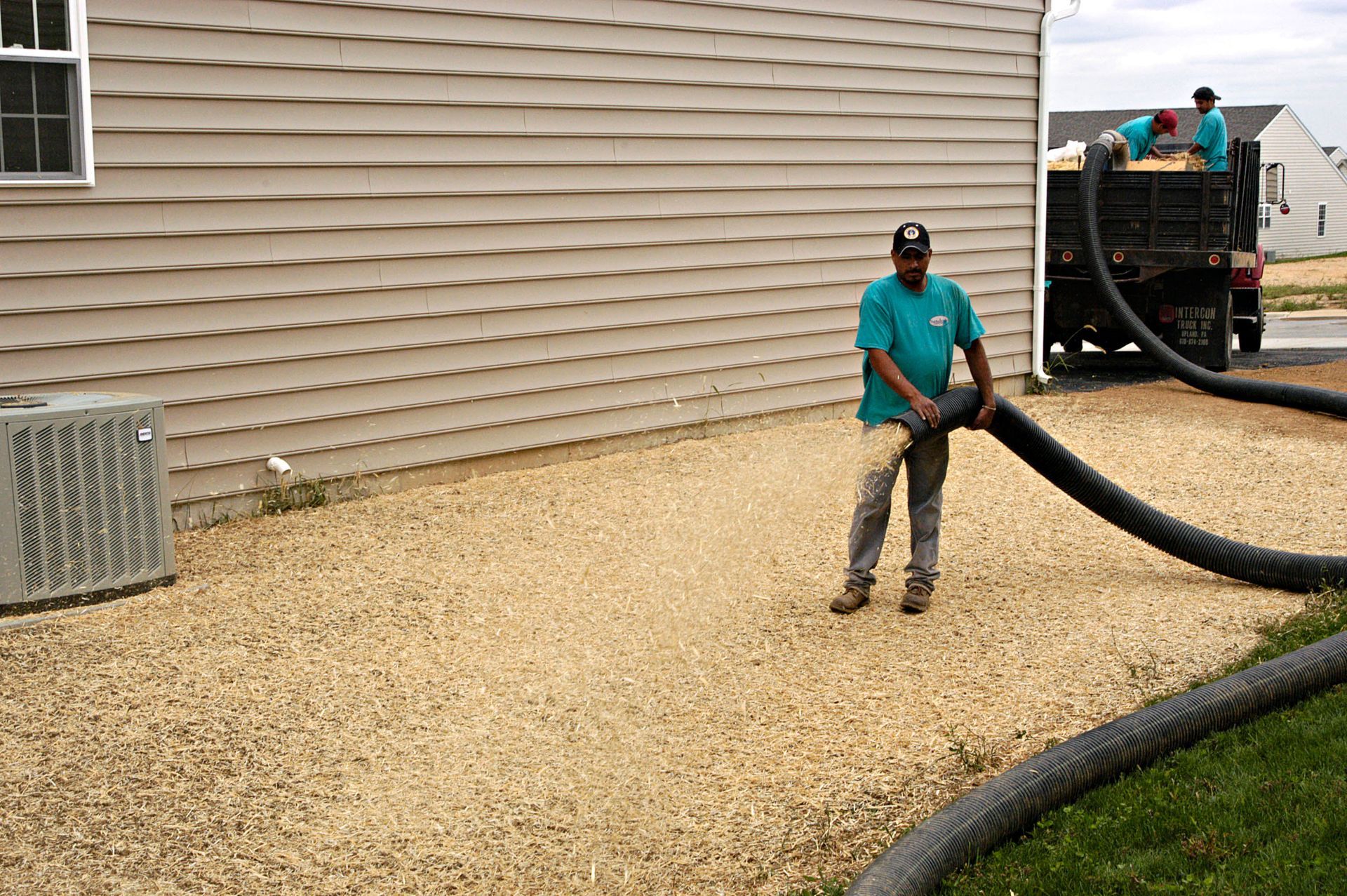
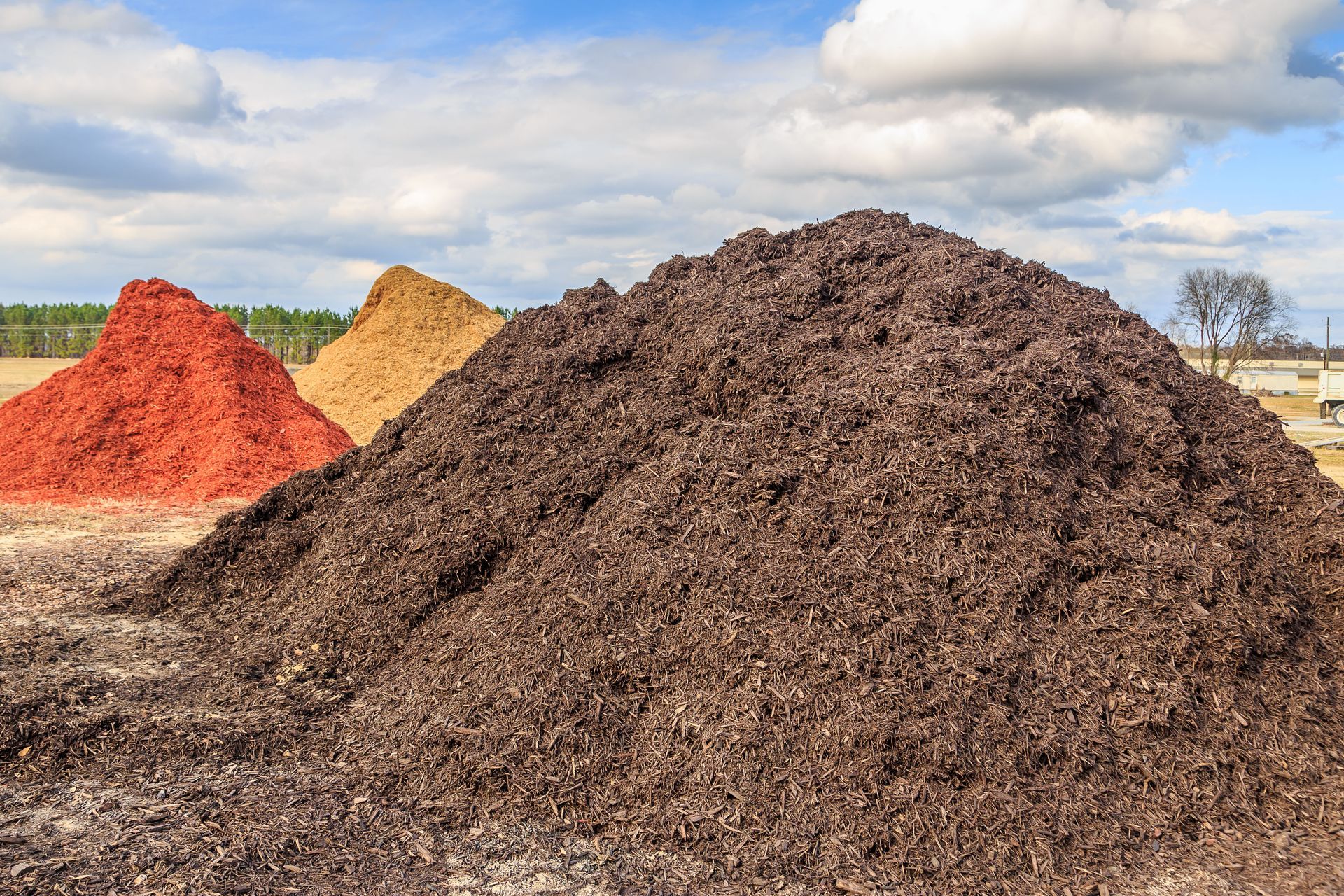
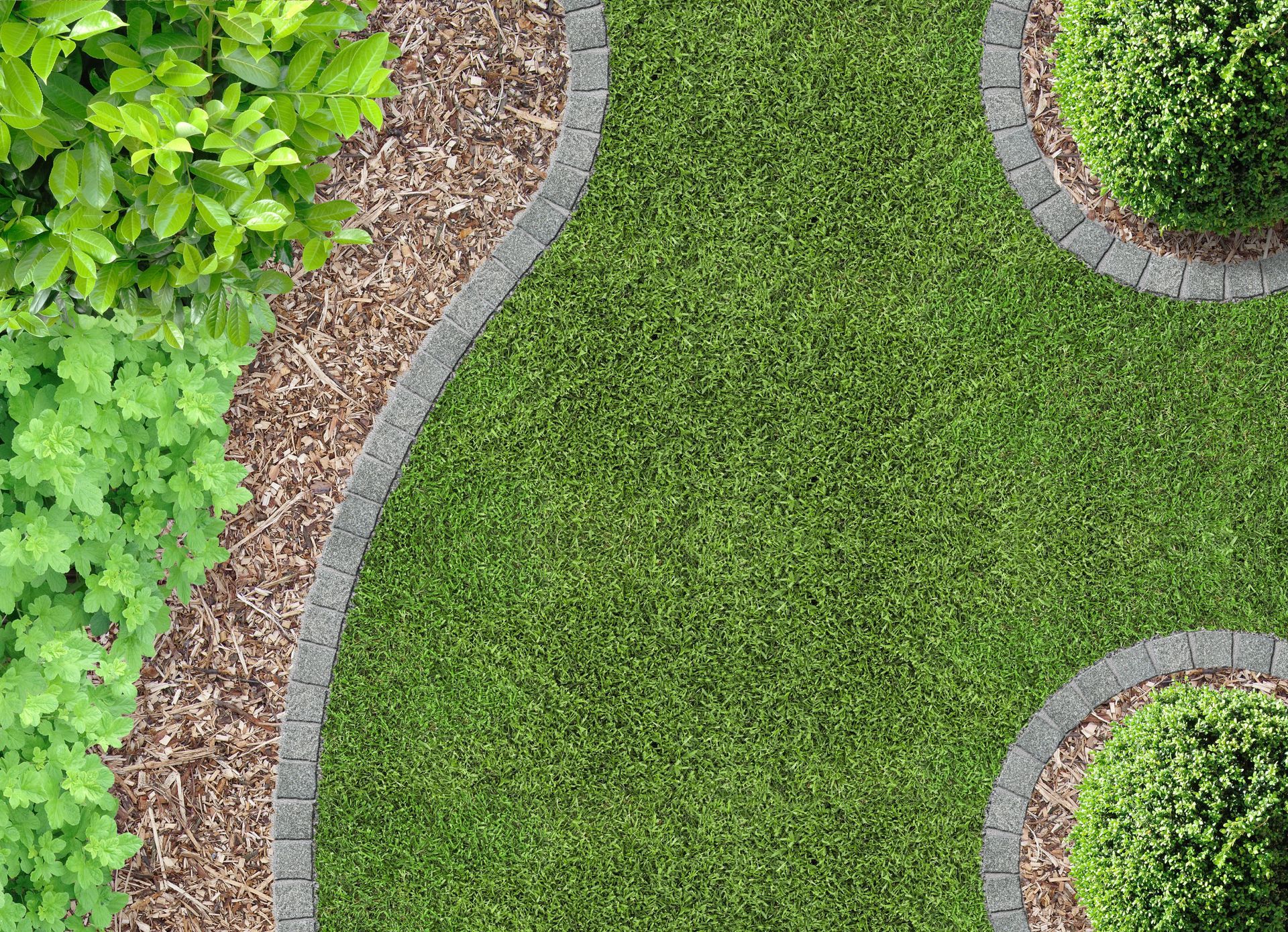
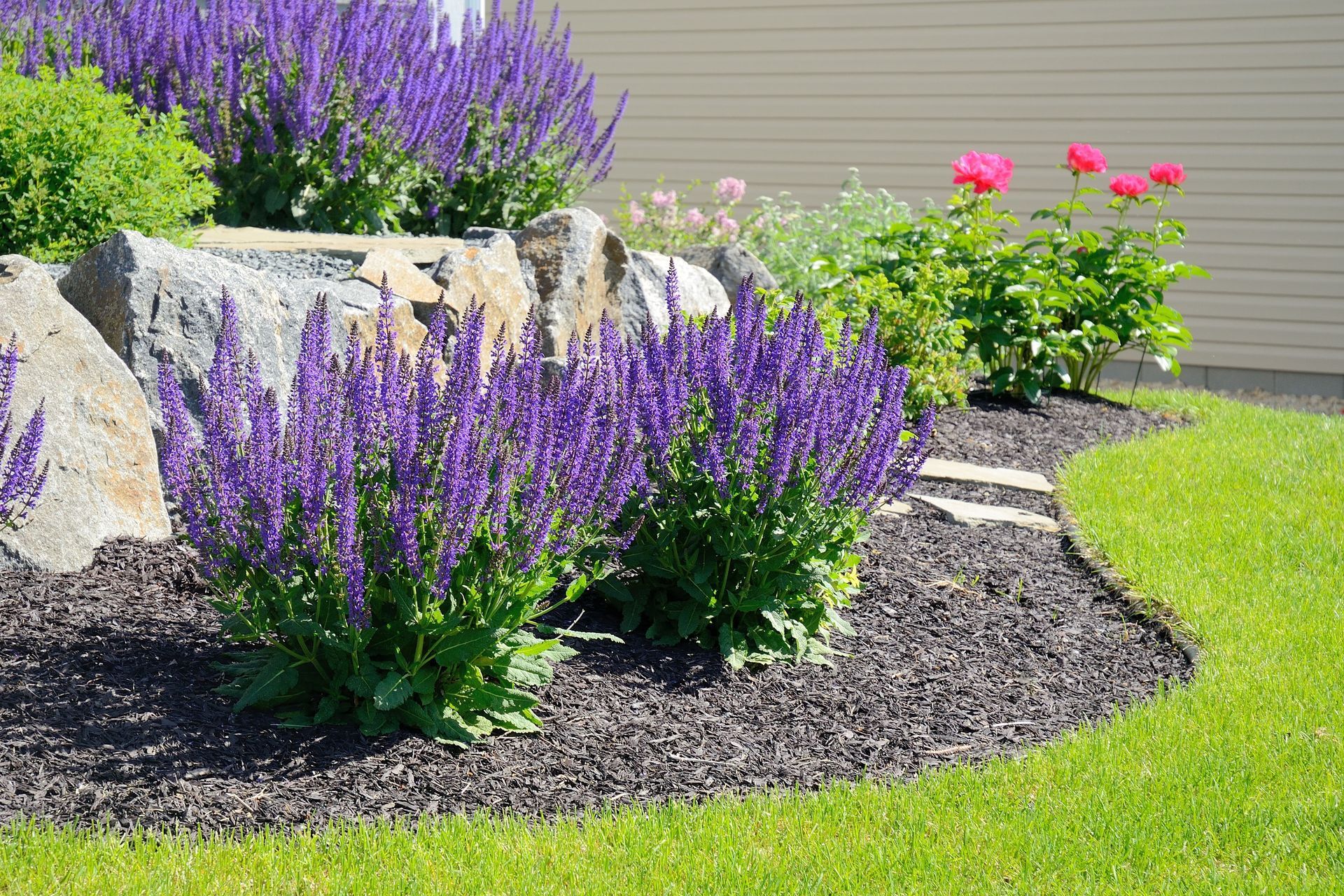
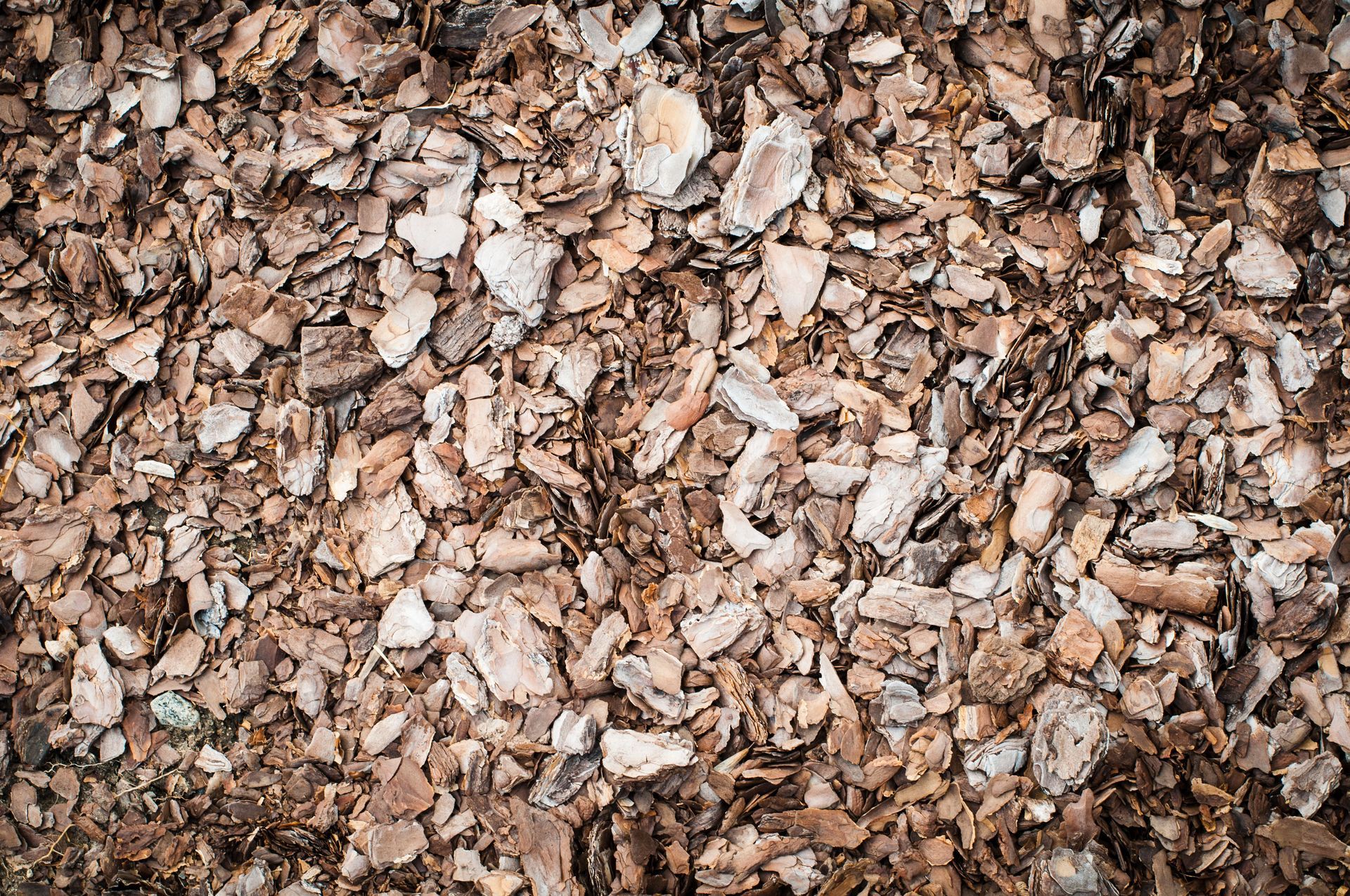

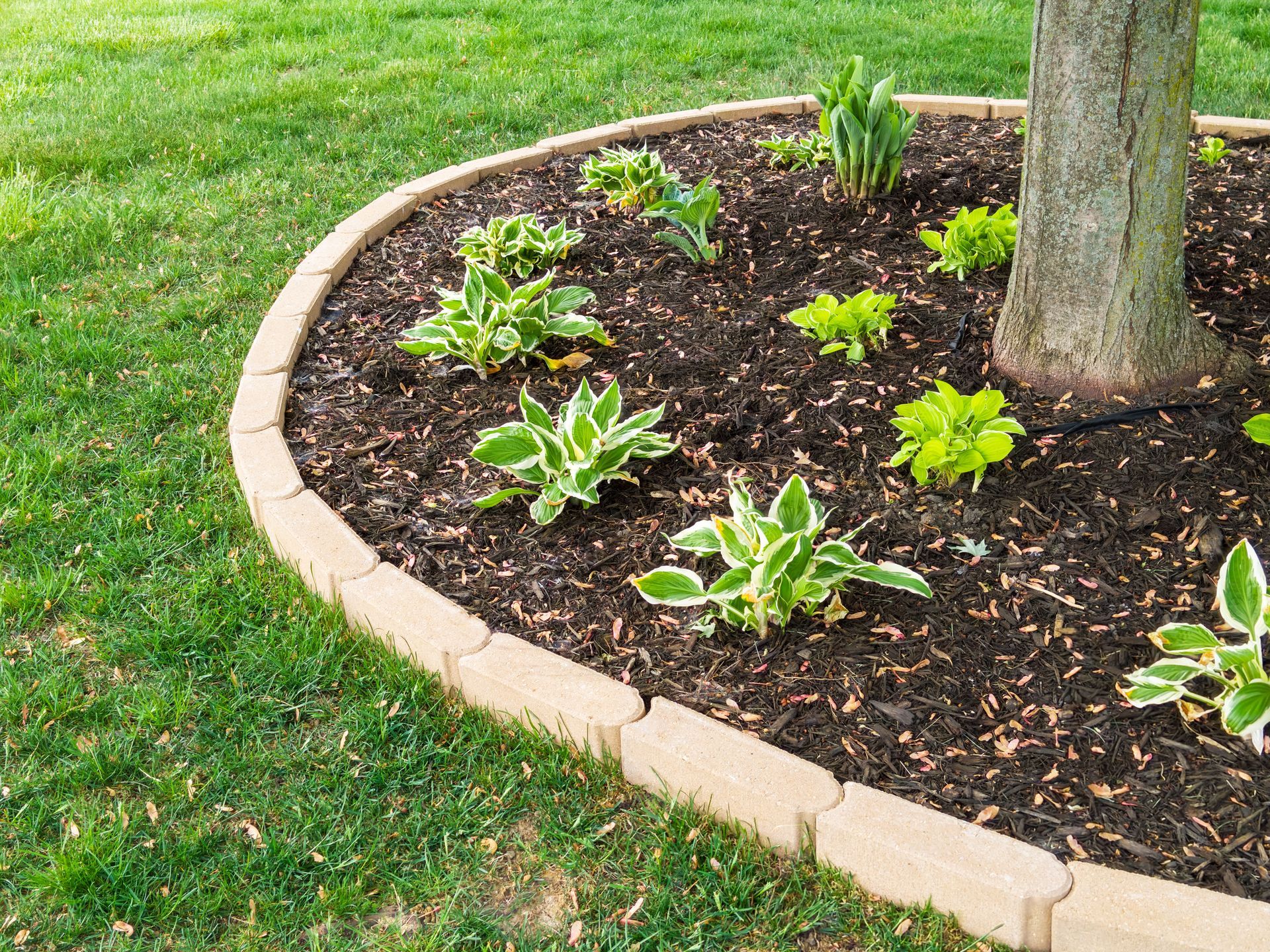
Share On: